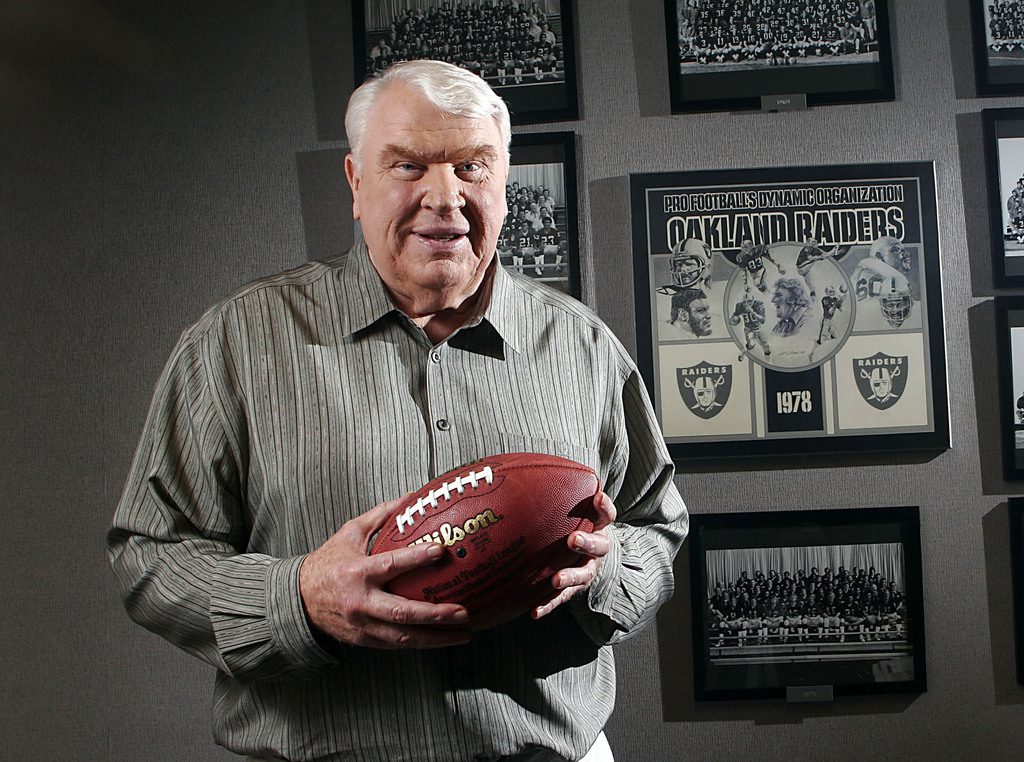Madden NFL, an iconic football video game franchise, has evolved significantly since its debut in 1988. Developed by EA Sports and named after John Madden, the game started on the Apple II computer and transitioned to home consoles, gaining popularity with improved graphics. The introduction of 3D graphics in the mid-1990s brought increased realism, and franchise mode allowed players to manage a team over multiple seasons. Advancements in technology and competition with the NFL 2K series led to even more realistic gameplay, with features like the hit stick and online multiplayer. Recent years have focused on realism and immersion, with near photorealistic graphics and immersive gameplay experiences. Madden NFL continues to innovate and deliver an unparalleled gaming experience for football fans worldwide.
The Evolution of Madden NFL: A Brief History of the Iconic Football Game
Introduction
Since its inception in 1988, Madden NFL has become an iconic football video game franchise that has captured the hearts of millions of fans around the world. Developed by EA Sports and named after legendary football coach and commentator John Madden, the game has undergone significant evolution throughout the years. From its humble beginnings to its status as an indispensable part of pop culture, Madden NFL has left an indelible mark on the gaming industry.
Early Years: The Birth of a Legend (1988-1994)
The first installment of Madden NFL, initially known as John Madden Football, was released in 1988 for the Apple II computer. Developed by Park Place Productions, the game set the foundation for what would later become a groundbreaking sports video game franchise. The early editions focused on realistic gameplay and strategic decision-making, providing players with a unique football experience.
In 1990, Madden NFL made the leap to home consoles with its release for the Sega Genesis and the Super Nintendo Entertainment System (SNES). This transition allowed the game to reach a wider audience, and it quickly gained popularity due to its improved graphics and gameplay mechanics.
The 3D Revolution: Madden NFL Enters the New Millennium (1995-2001)
The mid-1990s marked a turning point for the Madden franchise with the introduction of 3D graphics. This transition brought increased realism to the game, enhancing the overall playing experience. In 1999, Madden NFL 2000 became the first installment to feature a licensed soundtrack, solidifying its status as a true representation of the football experience.
Furthermore, the game introduced Franchise Mode, allowing players to manage a team over multiple seasons and assume the role of a general manager. This added layer of depth contributed to the game’s longevity and replayability.
The Next Generation: New Features and Enhanced Realism (2002-2012)
The new millennium brought significant advancements to the Madden franchise. The introduction of the PlayStation 2 and Xbox consoles allowed for more powerful hardware and improved graphics capabilities. The gameplay continued to evolve, offering more realistic player animations and smoother controls.
One of the standout features during this period was the addition of the NFL 2K series competition. Visual Concepts developed NFL 2K, a formidable rival to the Madden franchise. This healthy competition pushed both games to strive for innovation, benefiting the players as each game tried to outdo the other.
Madden NFL 2006 introduced the hit stick, revolutionizing defensive play and adding an extra layer of strategy and excitement to each game. The introduction of online multiplayer in Madden NFL 2002 also paved the way for competitive matches against friends and strangers alike.
Paving the Way for Realism and Immersion (2013-Present)
In recent years, Madden NFL has focused on creating an even more realistic and immersive experience for players. The game’s graphics have reached near photorealistic levels, showcasing intricate player details and stadium environments.
The introduction of the Connected Franchise Mode, later renamed to Franchise Mode, expanded upon the previous iterations’ features, allowing players to take full control of all aspects of a team’s operations. Additionally, the game introduced Longshot, a mode that incorporated a cinematic storyline into the gameplay, further enhancing the game’s immersion.
Furthermore, Madden NFL 20 saw the implementation of Superstar X-Factor abilities, which gave individual players unique skills and traits, simulating the impact of real-life superstar players on the game.
Conclusion
Madden NFL has come a long way since its debut in 1988. With each new installment, the franchise has evolved, embracing technological advancements and pushing the boundaries of what a football game can offer. It has become an essential part of gaming culture, capturing the attention and enthusiasm of football fans worldwide. As we look to the future, there is no doubt that Madden NFL will continue to innovate, delivering an unparalleled gaming experience for years to come.
